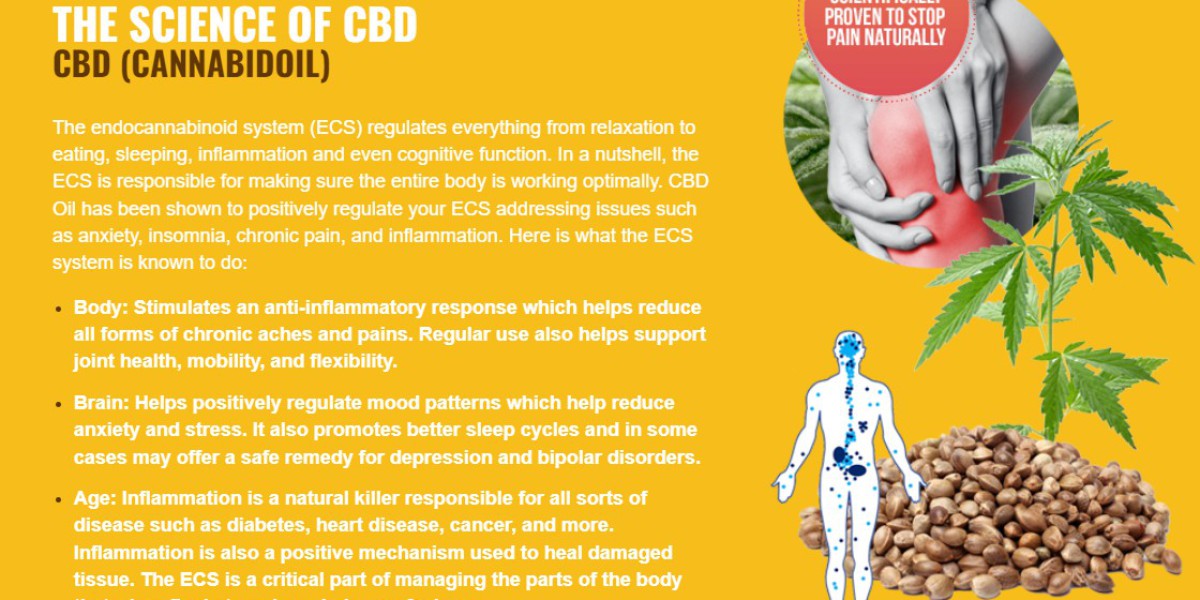Rubber additives are essential compounds incorporated into rubber materials to enhance their physical and mechanical properties. These additives play a critical role in the rubber industry by improving performance characteristics such as durability, elasticity, and resistance to environmental factors. As the global demand for high-quality rubber products continues to grow, the rubber additives market has witnessed significant expansion. This article delves into the nature of rubber additives, the factors driving and restraining industry demand, and the segmental and regional growth patterns shaping the market.
What are Rubber Additives?
Rubber additives encompass a broad range of chemical substances, each serving a specific purpose in modifying rubber properties. The main categories of rubber additives include:
? Vulcanization Accelerators: These chemicals speed up the vulcanization process, where rubber is cured to enhance its elasticity and strength.
? Antioxidants and Antiozonants: These additives protect rubber from oxidative and ozone-induced degradation, thereby extending the lifespan of rubber products.
? Plasticizers: These are added to improve the flexibility and processability of rubber.
? Fillers: Substances like carbon black and silica are used to reinforce rubber, increasing its strength and resistance to wear.
? Processing Aids: These additives facilitate the manufacturing process, ensuring smoother operation and better end-product quality.
The report "Rubber Additives Market with Covid-19 Impact Analysis, by Type (Antidegradants, Accelerators), Application (Tire and Non-Tire), and Region (Asia Pacific, North America, Europe, Middle East & Africa, South America) - Global Forecast to 2026" The rubber additives market is projected to reach USD 9.3 billion by 2026, at a CAGR of 3.5% from USD 7.8 billion in 2021. Rubber is a polymer, which is primarily categorized as natural and synthetic rubber. Natural rubber is obtained from certain trees that are found particularly in the tropical areas. On the other hand, synthetic rubber is obtained by the by-products of petroleum refining.
Browse 226 market data Tables and 47 Figures spread through 192 Pages and in-depth TOC on "Rubber Additives Market with Covid-19 Impact Analysis, by Type (Antidegradants, Accelerators), Application (Tire and Non-Tire), and Region (Asia Pacific, North America, Europe, Middle East & Africa, South America) - Global Forecast to 2026"
Download PDF Brochure: https://www.marketsandmarkets.com/pdfdownloadNew.asp?id=258971862
Rubber Additives Industry Demand: Drivers and Restraints
The demand for rubber additives is influenced by a multitude of factors that either propel or hinder market growth.
Drivers:
- Growing Automotive Industry: The automotive sector is a significant consumer of rubber, particularly for tires and other components. The increasing production of vehicles worldwide drives the demand for high-performance rubber additives.
- Advancements in Rubber Technologies: Innovations in rubber compound formulations necessitate the use of specialized additives to achieve desired properties, boosting the demand for these chemicals.
- Expansion in Construction Activities: Rubber is widely used in construction for sealants, flooring, and other applications. The growth in construction activities, especially in emerging economies, fuels the demand for rubber additives.
- Rising Demand for High-Performance Materials: Industries such as aerospace, electronics, and healthcare are increasingly using rubber materials that require specific additives to meet stringent performance criteria.
Restraints:
- Environmental Regulations: Stringent regulations regarding the use and disposal of certain chemicals used in rubber additives can hamper market growth. Compliance with environmental standards often requires additional investments in research and development.
- Volatility in Raw Material Prices: The prices of raw materials used in the production of rubber additives, such as petroleum derivatives, can be highly volatile, impacting the overall cost structure and profitability of manufacturers.
- Substitution by Alternative Materials: The development of alternative materials that can replace rubber in certain applications poses a threat to the demand for rubber additives.
Get Sample Copy of this Report: https://www.marketsandmarkets.com/requestsampleNew.asp?id=258971862
Rubber Additives Industry Segmental Growth
The rubber additives market is segmented based on type, application, and end-use industry.
By Type:
- Vulcanization Accelerators: Dominates the market due to their critical role in the rubber curing process.
- Antioxidants and Antiozonants: Witness substantial demand due to the need for durable and long-lasting rubber products.
- Plasticizers and Fillers: Have a significant share, driven by their widespread use in enhancing flexibility and strength.
By Application:
- Tires: The largest application segment, fueled by the automotive industry's continuous growth.
- Non-Tire Automotive: Includes hoses, belts, and seals, showing robust growth due to the rising production of vehicles.
- Industrial Goods: Rubber additives are extensively used in conveyor belts, gaskets, and other industrial products.
- Consumer Goods: Encompasses footwear, sporting goods, and household items, contributing to steady market demand.
By End-Use Industry:
- Automotive: The largest end-use industry, significantly driving the demand for rubber additives.
- Construction: Rapid urbanization and infrastructure development enhance the demand for rubber products in this sector.
- Aerospace and Defense: Increasingly using high-performance rubber materials, boosting demand for specialized additives.
Speak to Expert: https://www.marketsandmarkets.com/speaktoanalystNew.asp?id=258971862
Rubber Additives Industry Regional Growth
The rubber additives market exhibits distinct growth patterns across various regions.
Asia-Pacific:
The largest and fastest-growing market, driven by the robust automotive and construction industries in countries like China, India, and Japan. The presence of major rubber manufacturing companies and favorable economic conditions further support market expansion.
North America:
A mature market with steady growth, propelled by advancements in automotive technology and stringent quality standards. The presence of leading tire manufacturers in the U.S. also contributes to the demand for rubber additives.
Europe:
Characterized by stringent environmental regulations and a strong automotive sector. The focus on sustainable and high-performance materials drives innovation in rubber additives.
Latin America and Middle East & Africa:
These regions exhibit moderate growth, with increasing industrialization and urbanization contributing to the demand for rubber products and additives.
Rubber Additives Market Key Players
The key players in this market are are -
- Arkema S.A.(France)
- Lanxess AG (Germany)
- BASF SE (Germany)
- Solvay S.A. (Belgium)
- Sinopec Corporation (China)
- R.T. Vanderbilt Holding Company, Inc. (US)
- Emery Oleochemicals (US)
- Behn Meyer Group (Germany)
- Toray Industries, Inc. (Japan)
- Sumitomo Chemical (Japan)
Get 10% Customization on this Report: https://www.marketsandmarkets.com/requestCustomizationNew.asp?id=258971862
Conclusion
Rubber additives are indispensable in enhancing the properties and performance of rubber materials, catering to diverse industrial applications. The market for these additives is driven by the burgeoning automotive and construction industries, technological advancements, and the rising demand for high-performance materials. However, challenges such as environmental regulations and raw material price volatility need to be navigated. As the industry evolves, segmental and regional growth patterns will continue to shape the future of the rubber additives market, underscoring its critical role in modern manufacturing and industrial processes.



